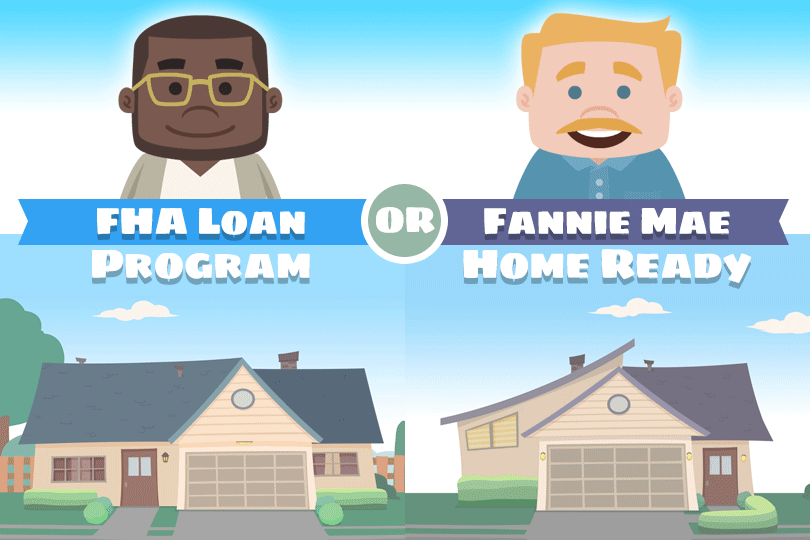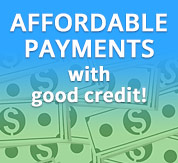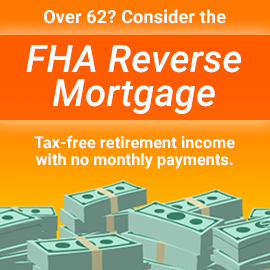FHA Mortgages vs. Fannie Mae Home Ready Mortgages

One type of home loan that features a low down payment of 3% and allows down payment gifts, grants, and “community second” mortgages for the down payment is called the Fannie Mae Home Ready loan. This home loan permits the applicant to qualify for the loan using any income from any adult living with the applicant.
The Fannie Mae Home Ready mortgage is offered to those with qualifying credit scores starting at 620 according to the Fannie Mae official site.
The Benefit of an FHA Loan
So why do borrowers turn to FHA mortgages if there is an alternative loan program that has an even lower down payment requirement?
There’s one important reason why a borrower might choose an FHA mortgage with a slightly higher down payment requirement than a Fannie Mae Home Ready loan. Fannie Mae Home Ready loans are need-based mortgages aimed at low-income borrowers. They are not open to all applicants.
To qualify for a Home Ready mortgage, applicants must not earn more than 80% of the median income for your area.
FHA Mortgages Are Not Need-Based Loans
FHA home loans do not have income limits and are not need-based mortgages for low income borrowers. Any financially qualified applicant with qualifying FICO scores, stable income, and acceptable debt ratios can be approved for an FHA mortgage.
Furthermore, FHA loans are not restricted to first-time home buyers (a common myth) and FHA borrowers can, like Home Ready applicants, apply for down payment assistance on most purchase loans and are approved to negotiate closing cost payments with the seller.
FHA Loans Are Available From Participating Lenders
The FHA does not loan money, it guarantees the mortgage for the lender. This reduces the risk to the financial institution and allows the bank to provide more flexible credit requirements for these mortgages.
It’s important to consider all your home loan options, but it’s just as important to know why some loans are open to you and which ones may not be due to low-income requirements, purchase price limits where applicable, etc.
------------------------------
Learn About the Path to Homeownership
Take the guesswork out of buying and owning a home. Once you know where you want to go, we'll get you there in 9 steps.
Step 1: How Much Can You Afford?
Step 2: Know Your Homebuyer Rights
Step 3: Basic Mortgage Terminology
Step 4: Shopping for a Mortgage
Step 5: Shopping for Your Home
Step 6: Making an Offer to the Seller
Step 7: Getting a Home Inspection
Step 8: Homeowner's Insurance
Step 9: What to Expect at Closing

Do you know what's on your credit report?
Learn what your score means.







